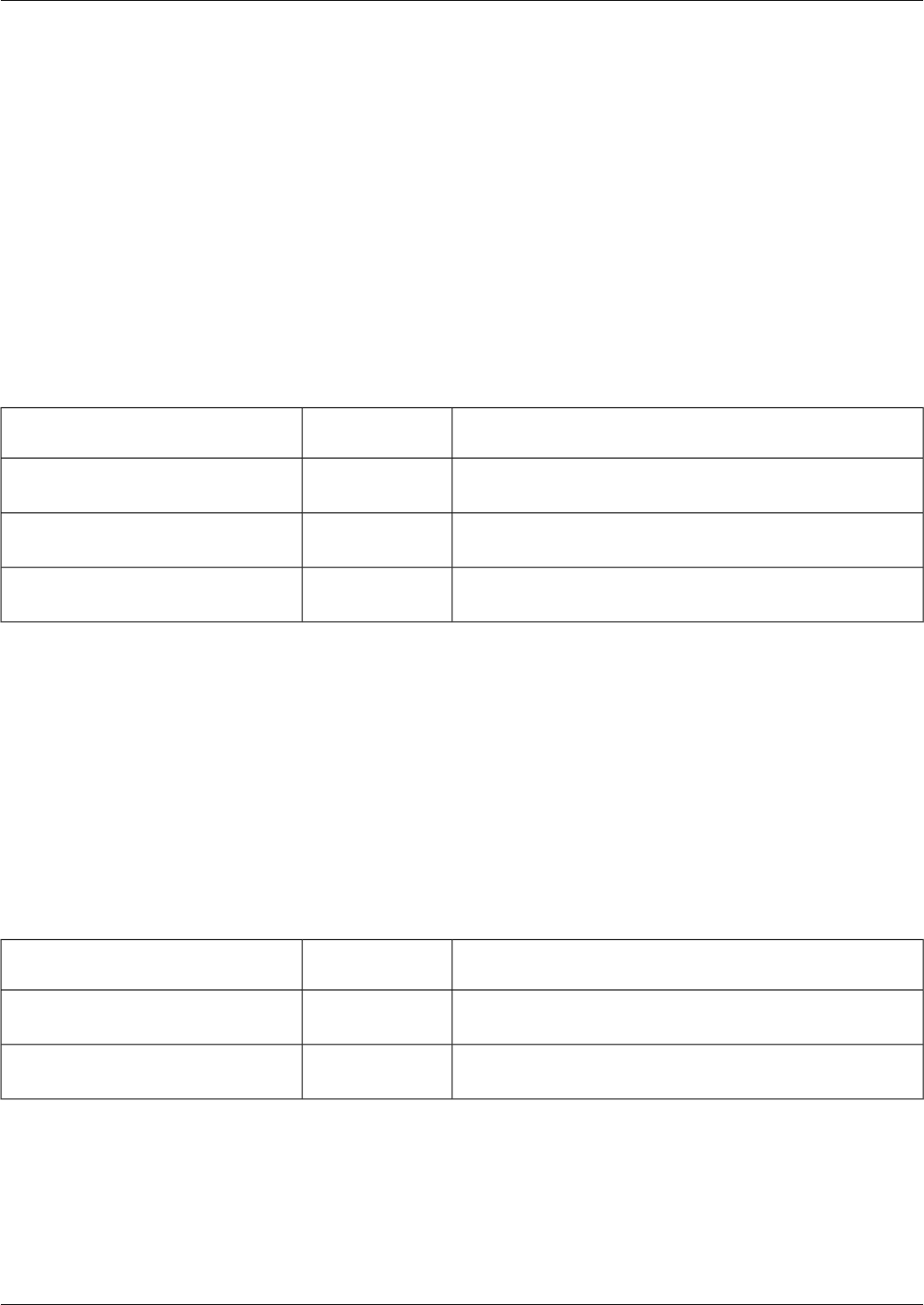User Guide
Table Of Contents
- Cover Page
- Table of Contents
- List of Figures
- Figure 1 : Central Controller
- Figure 2 : Peripheral and Peripheral Gateway
- Figure 3 : Administrative Workstation
- Figure 4 : WebView Server
- Figure 5 : Diagram of System Components
- Figure 6 : ICM Data Environment
- Figure 7 : Real-Time Data Moves to AW Local Database
- Figure 8 : Icons for Graphs and Tables
- Figure 9 : Deployment with Enterprise Routing
- Figure 10 : Sample Script for Enterprise Routing
- Figure 11 : Script Example for Agent Level Routing
- Figure 12 : Sample Script for Hybrid Routing
- Figure 13 : Agent State and Task State Relationship
- Figure 14 : Sample Routing Script for Information Gathering and Queuing
- Figure 15 : Call Type Data for Calls that Abandon after Call Type is Changed
- Figure 16 : Call Type Data for Calls that Abandon before Call Type is Changed
- Figure 17 : MultiChannel Options
- Figure 18 : Agent State Hierarchy
- Figure 19 : Call Abandoned While On Hold Scenario
- Preface
- Chapter 1: System Architecture and Reporting
- Chapter 2: Understanding Reporting
- Chapter 3: Understanding Routing and Queuing
- Chapter 4: Planning for Reporting
- Planning for Reporting at Unified ICM Setup
- Planning for Your Deployment
- Planning for Configuration and Scripting
- Planning for Agent Reporting
- Planning for Call Types
- Planning for Custom Reporting
- Planning for the HDS
- Planning for Enterprise Routing and Enterprise Reporting
- Planning for Service and Enterprise Service Reporting
- Planning for Service Level
- Planning for Short Calls
- Planning for Skill Groups and Enterprise Skill Groups
- Planning for Transfer and Conference Reporting
- Planning for Translation Routing
- Planning for Unexpected Scripting Conditions
- Planning for VRU Application Reporting
- Chapter 5: Reporting on Agents
- What Agent Data do you Want to See?
- Reporting on Agent Activity in Skill Groups
- Reporting on Agent States
- Reporting on Average Speed of Answer for Agents and Skill Groups
- Reporting on Agent Logout Reason Codes
- Reporting on Agent Not Ready Reason Codes
- Reporting on Agent Task Handling
- Reporting on Agent Performance for Outbound Option Dialing Campaign Calls
- Reporting on Agent Redirection on No Answer
- Reporting on Agent Call Transfers and Conferences
- Reporting on Agent Teams
- Chapter 6: Reporting on Customer Experience
- Chapter 7: Reporting on Operations
- Chapter 8: Reporting in a MultiChannel Environment
- Chapter 9: Sample Call Scenario
- Chapter 10: Reporting Implications of Data Loss and Component Failover
- Chapter 11: Troubleshooting Report Data
- Appendix A: List of All Unified ICM Report Templates
- Appendix B: Reporting Entities and Databases
- Appendix C: Configuration and Scripting for Reporting
- Configuration for Agent Reporting
- Configuring Call Types
- Configuration and Scripting for Conferences and Transfers
- Configuring Services and Enterprise Services
- Configuring and Scripting for Service Level Threshold and Type
- Configuring Short Calls
- Configuring Skill Groups and Enterprise Skill Groups
- Configuration and Scripting for the VRU
- Configuring Translation Routes
- Index

Application Gateway, Application Path, and Script Queue Templates
The Application Gateway allows Unified ICM to query host systems that are running other
contact center applications.
The Application Gateway is implemented by a node in the Script Editor. A routing script that
contains an Application Gateway node can query an application running on a host system to
obtain data to use in call routing. Unified ICM software can then base subsequent routing
decisions on the results obtained from the query.
Use these templates to generate reports on such data as the number of query requests issued to
a host system and the delay involved in making queries.
DescriptionHistorical or
Real-Time
Template Name
Tabular report that shows data on requests made by the
application gateway to a host system.
Hapgate11: Application Gateway Status
Half Hour Report
Tabular report that shows data on application paths defined
in the system.
Rappath01: Application Path Real Time
Tabular report that shows list of pending tasks.Rscrque01: Script Queue Node Real
Time Report
Outbound Option Templates
The Outbound Option is an application that provides outbound dialing functionality along with
the existing inbound capabilities of Unified ICM software. With the Outbound Option, contact
centers can be configured for automated outbound activities. This option allows agents who are
not busy with inbound calls to perform outbound calls, thereby maintaining high agent
productivity. All Outbound option reports are voice-only reports.
Import Rule
DescriptionHistorical or
Real-Time
Template Name
Table that shows the number of good, bad and total records
imported or to be imported
Rimprul01: Import Status Real Time
Table that shows the number of good, bad and total records
imported by time range.
Himprul10: Import Rule
Reporting Guide for Cisco Unified ICM Enterprise & Hosted Release 7.2(1)
170
List of All Unified ICM Report Templates
Application Gateway, Application Path, and Script Queue Templates










